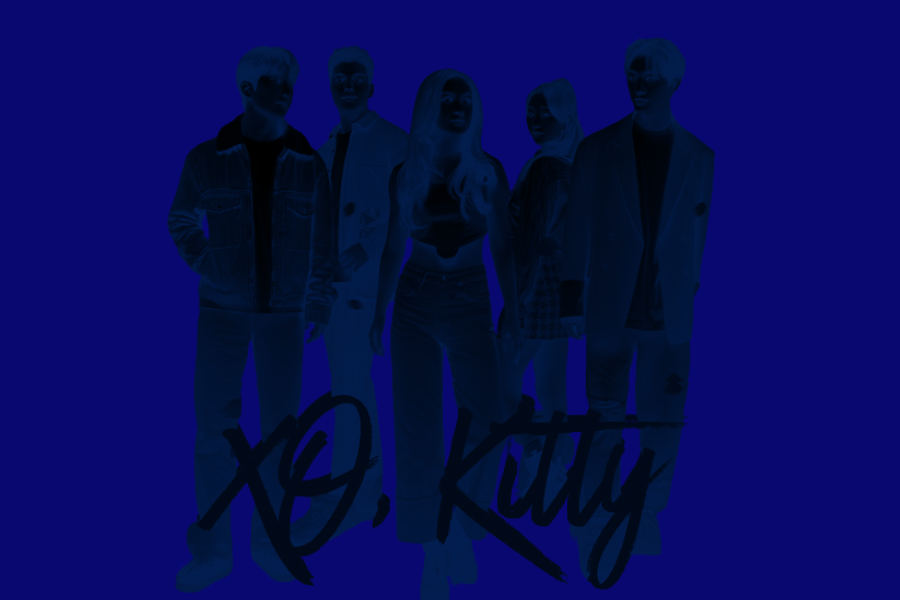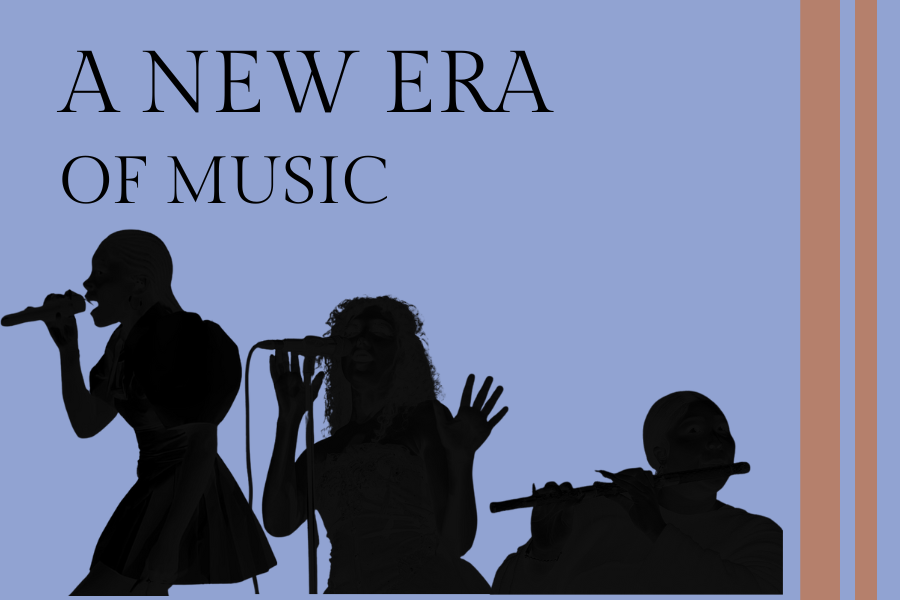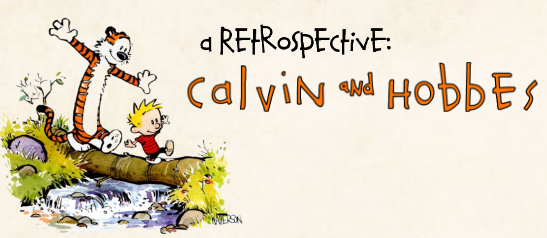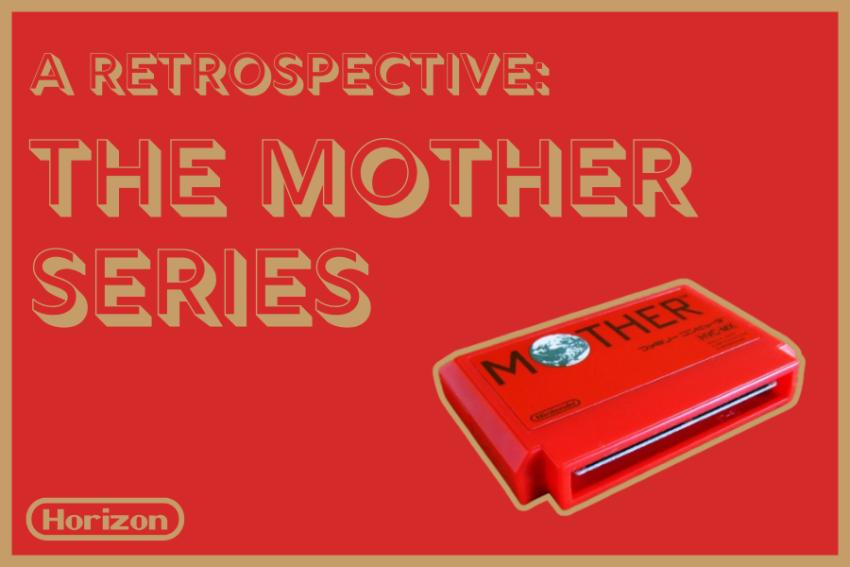On Jan. 16, the second season of Netflix’s hit show XO Kitty took the internet by storm. Millions flooded in with opinions, and the show quickly became one of the most-watched shows on Netflix. Yet, despite the show’s enormous fanfare, it greatly misses the mark on teenage life, with the writing seeming phoned-in at best, and deeply problematic at worst.
Set in Seoul, Korea, XO Kitty follows the life of Katherine “Kitty” Song Covey, a Korean-American high school junior who leaves her hometown of Portland, Oregon, to attend the fictional Korean International School of Seoul (K.I.S.S.), the alma mater of her deceased mother and boyfriend, Dae Kim. On its face, the show seems like it’s able to navigate the complex concepts of familial heritage, teenage angst, and personal identity, all in neatly packaged 22-minute episodes. Yet, a closer look reveals a completely different story.
One of the most significant issues with the show is how out-of-touch it is about nearly every issue it attempts to cover. Perhaps the most egregious instance of this is the portrayal of queer characters in the show. Though XO Kitty does succeed in having a lot of queer representation, it relies too much on totalizing tropes and stereotypes to create characters, rather than creating nuanced, original characters. Quincy “Q” Shabazian, Kitty’s friend, seems to be the token gay male character rather than a nuanced individual who happens to be queer. His vocabulary is oversaturated with Gen-Z “TikTok vocabulary,” which is typically associated with young gay men. Phrases like “it’s giving,” and “slaying,” seem innocent, but show the writers’ reluctance to deviate from accepted norms and stereotypes. Furthermore, he seems to solely exist as Kitty’s “gay best friend,” another common trope. Q’s role in the show is merely to be a funny sidekick and social commodity with no real relevance to the show if it’s not being friends with Kitty.
Moreover, many queer characters seem to be added to the show just to increase the show’s diversity. The characters Juliana and Praveena seem to exist merely as the love interests of the other characters on the show. Once the two of them break up, they get relegated to the background, with no real impact on the major storyline. It seems they only exist to make the show seem more accepting and diverse outwardly. Furthermore, the main character Kitty discovers that she’s bisexual at the end of the first season, but much of the storyline regarding her sexuality solely revolves around her love interests, rather than her figuring out her sexuality and identity. Rather than allowing Kitty to navigate through complex feelings that are all too familiar for queer youth, the show uses her sexuality merely to add to a love triangle that doesn’t do much to make the plot more complex. Despite having the potential to have depth, the writers of XO Kitty return to the same tropes each time, robbing both the actors of an experience to authentically portray queer characters, and queer viewers the chance to witness accurate representation on the screen.
Yet, despite this overreliance on tropes and stereotypes, the show also maintains some positive queer representation. For example, Yuri, Kitty’s friend and initial rival, perfectly captures what it means to be closeted and queer in conservative families. Yuri’s parents are incredibly influential members of society, her mom is the principal of K.I.S.S., and her dad is an influential businessman. She faces a lot of familial pressure regarding her identity and is forced to balance the heavy weight of familial expectations with her identity, an experience that queer youth across the globe experience every day. Yuri’s character serves as a glimpse of light amid the show’s otherwise paltry representation of queer characters.
Furthermore, in addition to its misrepresentation of queer characters, the show seems detached from normal teenage life. It relies too heavily on extravagant settings and situations that could only happen to the richest of the rich, which just so happens to be the majority of K.I.S.S.’s student body. Nearly all of the main characters seem to come from extreme wealth, be it the scions of wealthy entrepreneurs or K-Pop royalty. Though there is nothing inherently wrong with lavish settings and over-the-top situations, it feels a little bit detached from the way the show was marketed as an extension of its predecessor, the hit film To All The Boys I’ve Loved Before, which was very much centered around the lives of everyday people and authentic teenage experience.
Furthermore, the show’s focus on the characters’ wealth appears to be a feeble excuse for poor writing. The writers create gala scenes with enormous production costs to mask basic storylines. For instance, instead of addressing Kitty’s infidelity toward her girlfriend Praveena and her feelings for Yuri directly, the writers cobble together an episode where characters visit Kitty’s affluent friend Minho’s ski cabin, where Praveena discovers a letter Kitty wrote for Yuri. It seems the extravagant ski cabin setting was deliberately included to compensate for the overly cliché writing and plot, a recurring theme in the show. This excessive reliance on the opulence of the characters’ lives feels inauthentic and deprives viewers of the chance to genuinely understand the experiences of Korean students and everyday Korean life.
However, there’s a lot XO Kitty gets right, namely diversity. Though the characters are overly stereotypical and rely heavily on media tropes, it is undeniable that the cast of XO Kitty is among the most diverse on modern television today. It serves as a watershed moment for people of color and queer people in an industry that seldom seems to have diverse casts, often limiting shows to one or two token queer characters or characters of color that exist solely to provide shoddy pushback against broader concerns about equity in the television and film industry as a whole.
XO Kitty received a myriad of views from viewers, many of whom praised it for its more laid-back nature, and brainless comedy scenes. Yet, despite the show’s comedic scenes that seem to tantalize many, it’s important to note that the show is by no means an accurate depiction of Korean life, and relies too heavily on totalizing tropes and stereotypes to make up for lackluster writing.















